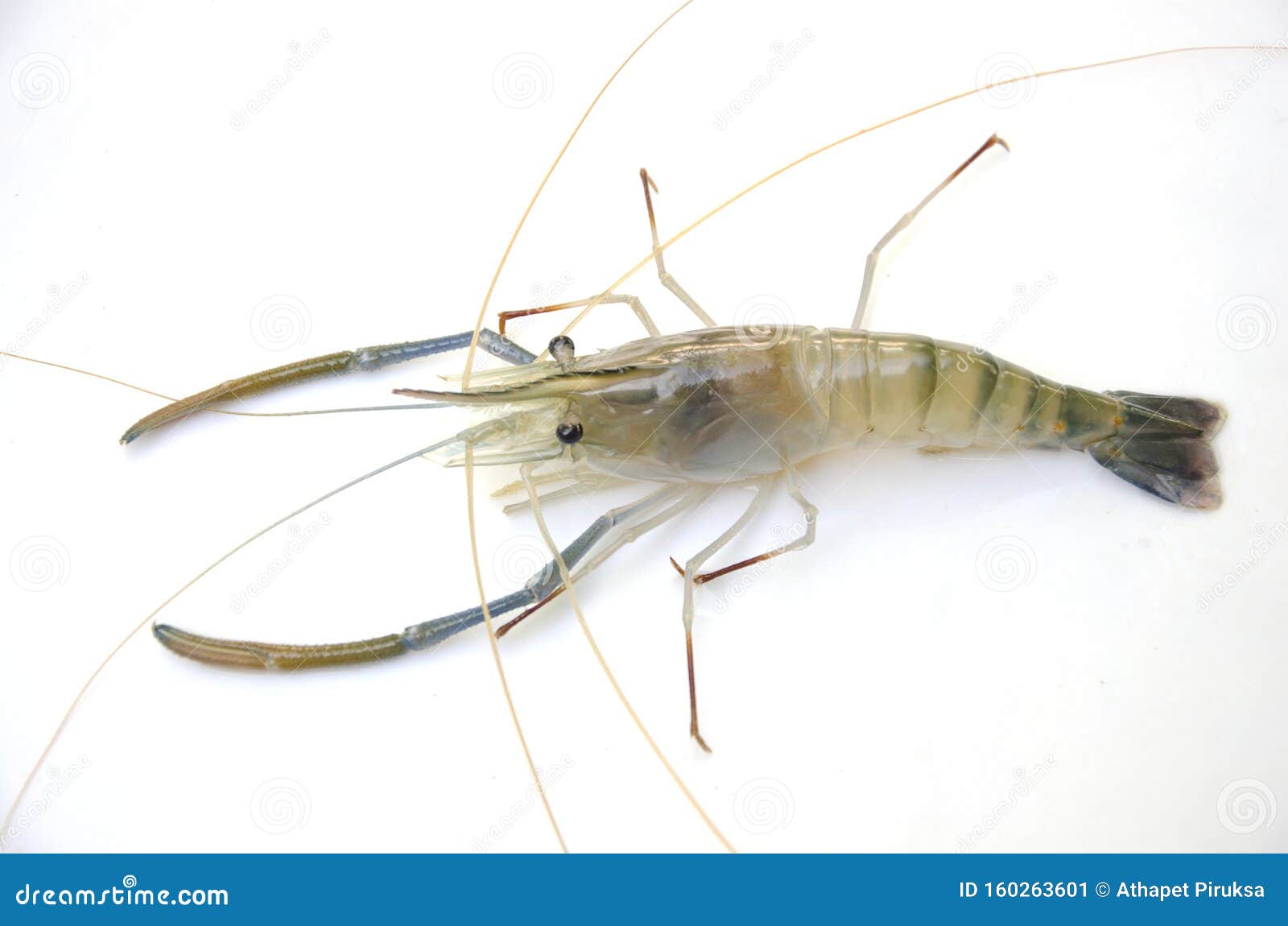Shrimp Antenna
Shrimp antenna are fascinating structures that play a vital role in the life of these crustaceans. You may have seen them on your sushi plate or swimming aimlessly in aquariums, but do you know what they are and what purpose they serve? In this article, we will delve into the world of shrimp antenna and unravel the mysteries surrounding these unique body parts.
Pain Points Related to Shrimp Antenna
Many people view shrimp antenna as simply ornamental and fail to recognize their significance. However, this couldn't be further from the truth. Shrimp antenna are crucial to the survival of these creatures, and any damage or loss can greatly affect their well-being. Shrimp antenna can become damaged due to poor water conditions, overcrowding, or even predatory attacks.
The Target of Shrimp Antenna
Shrimp antenna serve several functions. They are primarily used for sensory perception, as they contain chemical receptors that can detect changes in the surrounding water, such as temperature, salinity, and pH levels. Shrimp antenna are also used for balance, navigation, and communication with other shrimp.
Summary of Main Points
In summary, shrimp antenna are essential to the survival and well-being of these crustaceans. They serve a vital role in sensory perception, balance, navigation, and communication. Their loss or damage can greatly affect the shrimp's ability to thrive, and therefore, it's important to understand their significance.
Shrimp Antenna and Their Role in Sensory Perception
Shrimp antenna are equipped with thousands of tiny hairs called setae, which are used for chemoreception. These hairs are highly sensitive to the chemical composition of the surrounding water and can detect even the slightest changes. This enables the shrimp to locate food, avoid predators, and find suitable mates.

As an avid aquarium hobbyist, I have witnessed firsthand the importance of shrimp antenna in maintaining a healthy aquatic environment. Poor water conditions can damage or even destroy these structures, leading to a decline in shrimp health and well-being.
Shrimp Antenna and Their Role in Communication
Shrimp antenna are also used for communication between members of the same species. By twitching the tips of their antenna, shrimp can send signals to one another, indicating things like danger or the presence of food. Some species of shrimp even use their antenna for courtship, performing elaborate dances to entice potential mates.

Why Are Shrimp Antenna So Long?
Shrimp antenna can vary in length depending on the species, but many are notably long. This is because longer antenna provide a greater surface area for the setae, making them more sensitive to changes in the environment. Additionally, longer antenna can help shrimp sense their surroundings even in murky or turbid waters.
The Importance of Maintaining Healthy Shrimp Antenna
As we've discussed, shrimp antenna play a crucial role in the survival of these creatures. By maintaining healthy water conditions, providing adequate space, and avoiding overcrowding, we can help ensure the longevity and well-being of these fascinating creatures.
Question and Answer
What Happens if a Shrimp Loses Its Antenna?
Losing one or both antenna can greatly impact a shrimp's ability to survive. It may become disoriented and have trouble finding food, mates, or avoiding predators. Shrimp can regenerate their antenna, but it can take several molts before they are fully functional again.
Do All Shrimp Have the Same Type of Antenna?
No, different species of shrimp can have varying types of antenna. Some are more ornamental and serve little purpose other than attraction, while others are highly specialized for specific functions.
Can Damaged Antenna Be Repaired?
While some minor damage can repair itself over time, more severe damage may require the shrimp to molt and regrow the affected antenna. Providing a healthy environment and avoiding potential sources of damage can help prevent this issue.
Can You Eat Shrimp Antenna?
While the antenna are generally safe to eat, they are not commonly consumed and are often removed from shrimp before serving. They may have a slightly gritty texture, and their function in sensory perception may make them less appetizing to some diners.
Conclusion
Shrimp antenna are often overlooked, but they play a critical role in the survival and well-being of these creatures. By understanding their significance and importance, we can better appreciate the complexity of these fascinating crustaceans. By maintaining healthy water conditions and avoiding potential sources of harm, we can ensure that shrimp continue to thrive for generations to come.
Gallery
NeuroDojo: May 2008

Photo Credit by: bing.com / 2008 shrimp
Shrimp Antennae In Sky Stock Photo. Image Of Network - 24395740

Photo Credit by: bing.com / antennae
Dwarf Shrimp External Anatomy - Shrimp And Snail Breeder
Photo Credit by: bing.com / shrimp dwarf antennae anatomy external cephalothorax usually appendages flagellate projecting paired end front aquariumbreeder
Big Jumbo Brass Shrimp, Adjustable Antenna, 12" Long | EBay

Photo Credit by: bing.com / jumbo antenna shrimp adjustable brass long big
Details Of Giant Freshwater Prawn Closeup Stock Image - Image Of

Photo Credit by: bing.com / prawn antennas antenna